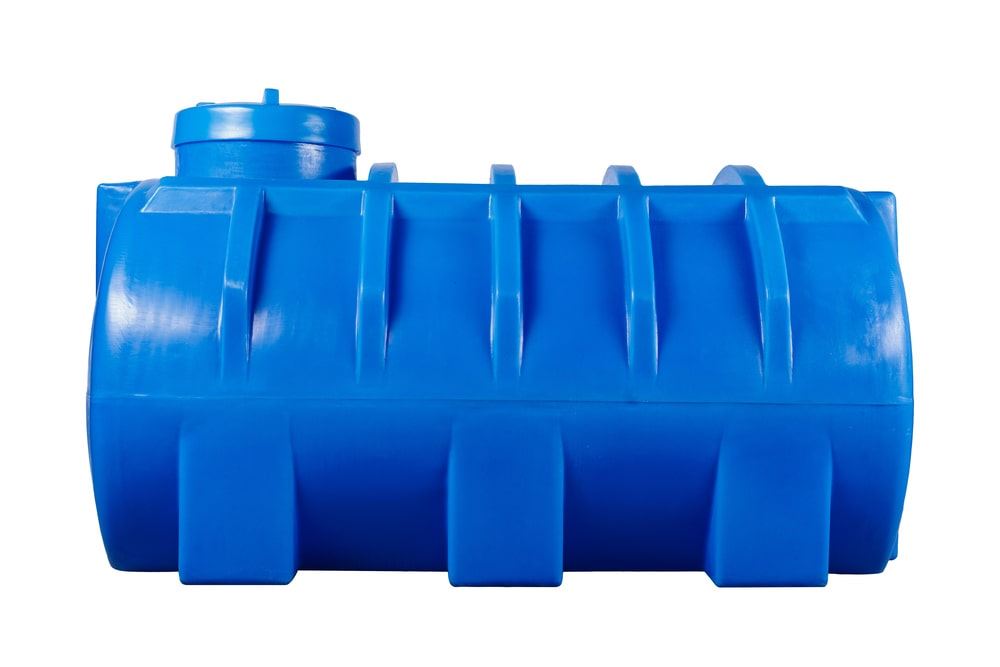When it comes to handling wastewater in rural or underdeveloped locations, the LPP septic system is a suitable option. This sort of system, called a low-pressure pipe septic system, is specifically developed for areas where typical septic systems struggle. In this detailed guide, we’ll look at what distinguishes the LPP septic system, as well as its benefits, installation considerations, and costs.
Understanding the Basics of an LPP Septic System
At its heart, an LPP septic system consists of a network of small-diameter pipes installed in shallow, narrow trenches. The main characteristic here is the utilization of low pressure to spread wastewater slowly and evenly throughout the drain field. This approach contributes to effective wastewater treatment by allowing effluent to gently percolate into the soil, where it is naturally cleansed and filtered.
Components of the LPP Septic System
The system comprises several key components:
Septic Tank: The earliest treatment of wastewater happens in the septic tank. Solids sink to the bottom, while lighter things float to the surface.
Pump Chamber: After the septic tank, the liquid is sent to a pump chamber. It is then pumped out at a regulated pace via field lines.
Low-Pressure Pipes: These are arranged in the drain field. The pipes have microscopic pores that gradually discharge the sewage under low pressure.
Drain Field: The drain field is critical because it’s where the final treatment occurs. The effluent percolates into the soil, removing impurities before they reach the groundwater.
Installation: How is it Set Up?
Installing an LPP septic system is more complex than setting up a standard system. The soil and topography of the location are first analyzed in detail. This step ensures the system will function effectively in your specific environment. Septic service professionals then design the pipe layout to match the area’s absorption characteristics.
To guarantee that your LPP system works properly and fulfills local environmental standards, you must choose expert installers who understand the subtleties.
Advantages of an LPP Septic System
- Adaptable to Different Land Types: Especially beneficial in places with shallow soil depths, high groundwater levels, or poor soil quality.
- Efficient Use of Land: Takes up less area than traditional systems.
- Environmental Protection: Helps to safeguard water quality by ensuring that effluent is thoroughly treated.
Considerations: Cost and Maintenance
When deciding on an LPP septic system, it is critical to consider the cost of the LLP system. These systems are usually more expensive than regular ones due to their intricacy and the specific equipment required. However, the affordable cost of a low-pressure septic system might be mitigated by its long-term dependability and efficacy in harsh settings.
Maintenance is basic yet critical. Regular inspections and periodic pumping of the septic tank are required to avoid problems like blockages and system breakdowns.
Common Misconceptions Cleared Up
Despite its efficiency, certain myths regarding LPP septic systems remain. For example, while some feel they are primarily for business uses, they are also quite useful for domestic usage. Another prevalent misconception is that they require a lot of upkeep; nevertheless, when properly maintained, they require no more maintenance than traditional systems.
LPP Septic System vs. Other Systems
Compared to traditional septic systems, the LPP septic system excels in wastewater distribution, which is critical in locations with low absorption properties. This precise distribution guarantees that wastewater is equally distributed over the drain field, improving the filtering process and lowering the danger of groundwater pollution.
In contrast, mound systems and other traditional septic systems sometimes struggle with even distribution, potentially filling certain regions too rapidly and resulting in environmental deterioration and system failures. This makes the LPP system a more dependable option in difficult environments where standard systems may fail.
Preparing for Installation
Before establishing an LPP septic system, speak with local officials to verify that all applicable codes and laws are followed. In addition, hiring a reliable plumbing company to do a feasibility study will help you decide the best system type for your property, depending on local topography and soil characteristics.
What to Expect in Terms of Longevity
With regular maintenance, an LPP system may survive for many years. Regular checks and balances, such as ensuring the pump functions properly and the drain field is unclogged, will considerably increase its longevity and efficiency.
LPP Septic System Cost: An Investment in Your Property
While the initial cost may be greater, investing in an LPP system ensures the long-term sustainability of your property. It guarantees safe, effective wastewater treatment in regions where other systems may fail, giving you peace of mind regarding environmental compliance and property value preservation.
Final Insights on LPP Septic Systems
When standard septic systems are not viable owing to site limits or soil conditions, an LPP system offers a dependable alternative. Its design enables efficient, safe, and ecologically friendly wastewater treatment, making it an excellent alternative for many property owners.
If you’re thinking about upgrading or installing a septic system, the LPP septic system is a durable option designed for difficult terrain. When deciding what to do next, consider contactingRooter-Man. They can assist you with the septic system installation procedure and assess whether an LPP septic system is best for you. Contact Rooter-Man for more information and to book a consultation. Make the right decision for your home and the environment now!


